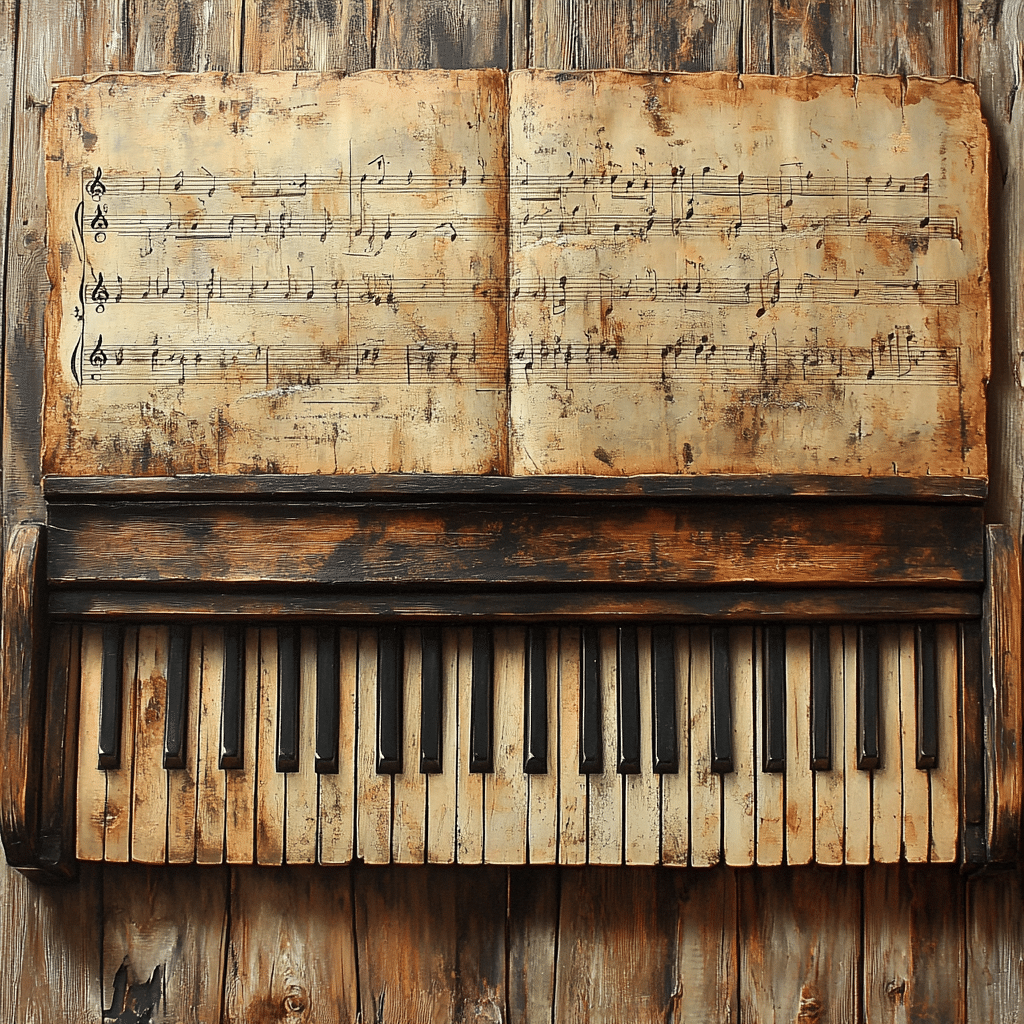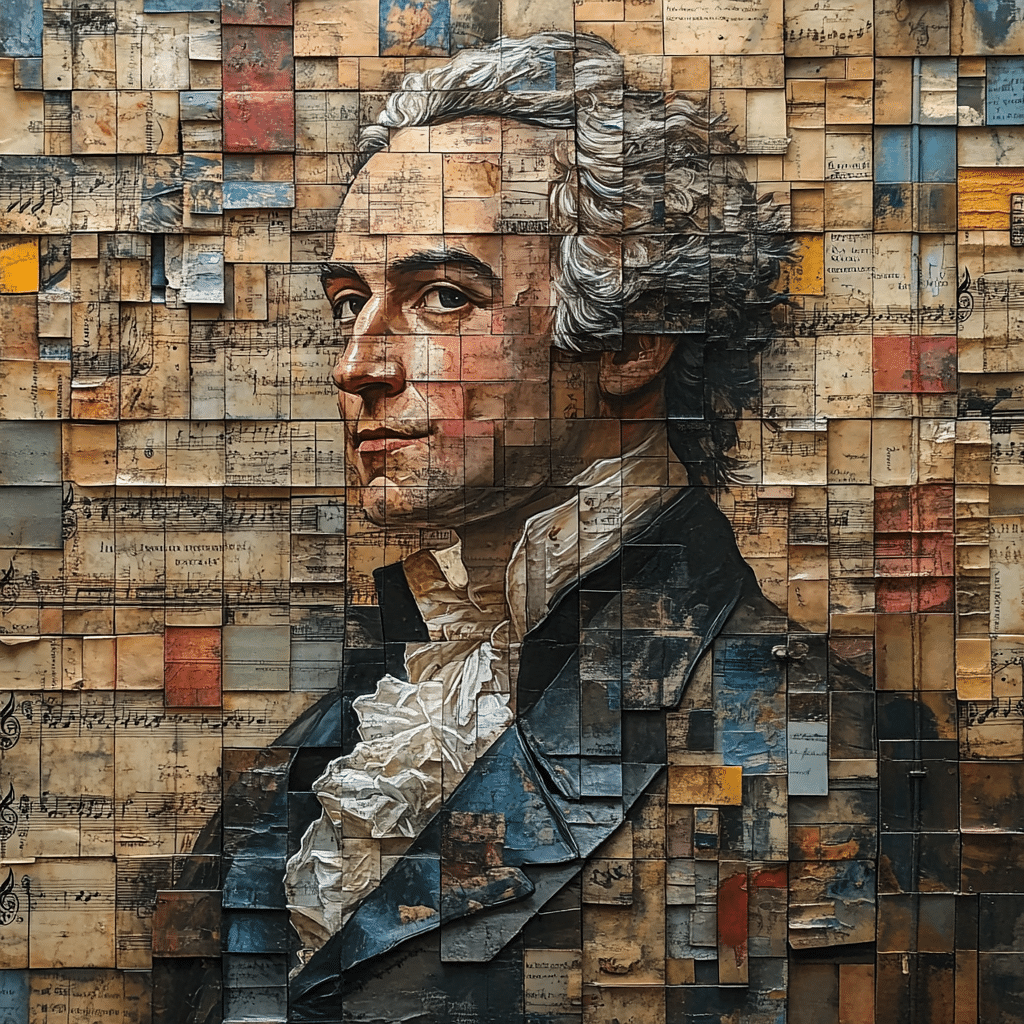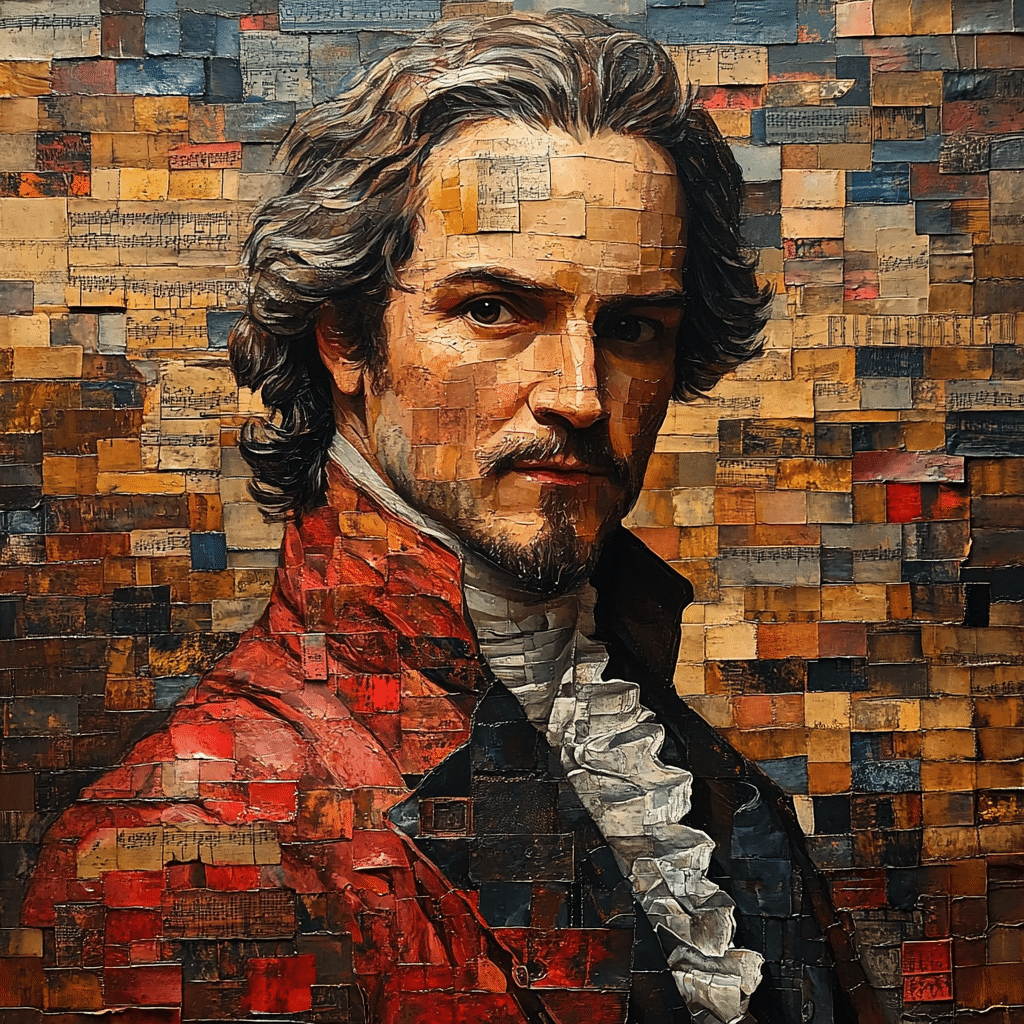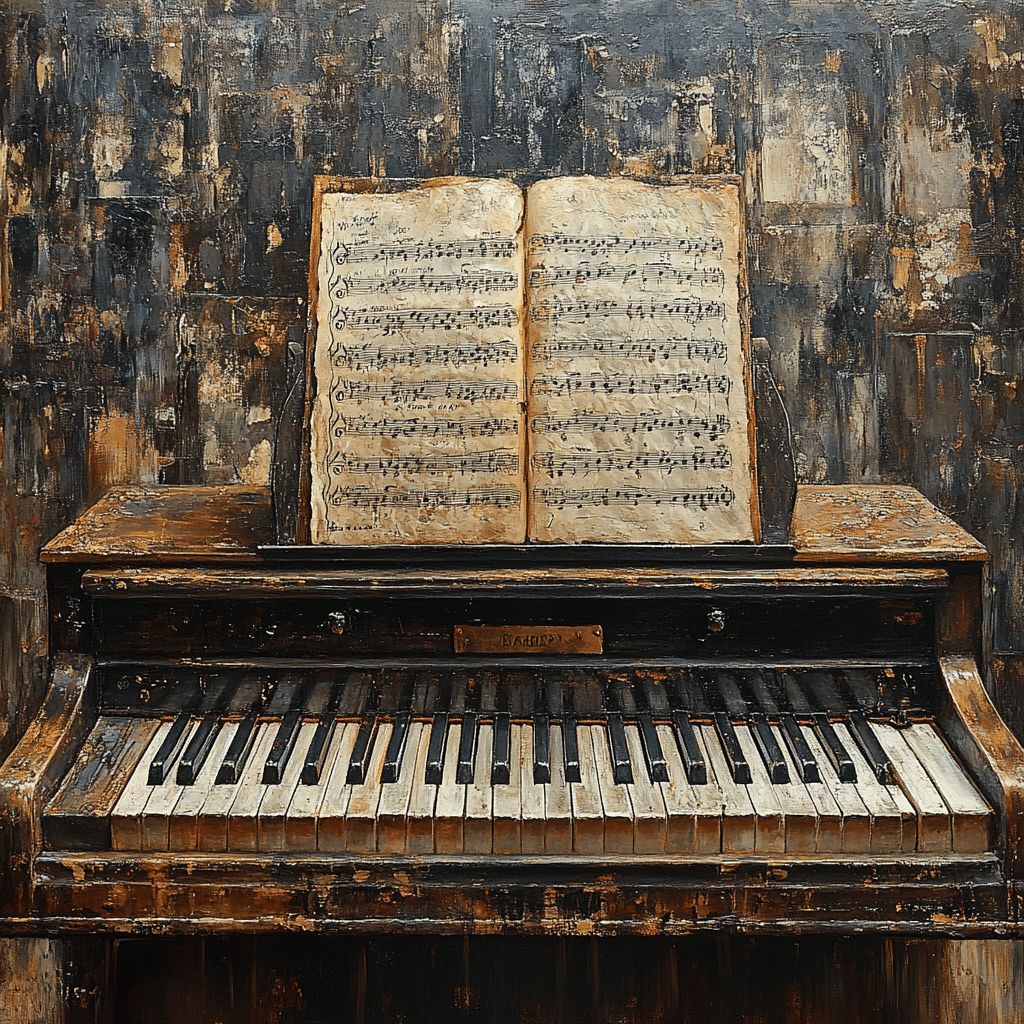
Johann Sebastian Bach Masterpieces That Transformed Music

Unraveling the Legacy of Johann Sebastian Bach
Johann Sebastian Bach, the esteemed Baroque composer, left an indelible mark on music that continues to resonate today. His ability to weave emotion, complexity, and an understanding of musical architecture creates a special space where audiences connect deeply with his works. From the vibrant “Brandenburg Concertos” to the profoundly moving “Mass in B Minor,” Bach’s influence spans across genres, touching everything from classical to contemporary music. This is the magic of Johann Sebastian Bach—his genius lies in both his melodic creativity and his groundbreaking approach to structure and harmony.
In an era where music was swiftly evolving, Bach stayed true to his roots while challenging conventional norms. His works are not just notes on a page; they encapsulate a form of revolutionary expression that paved the way for countless musicians. Let’s dive into seven masterpieces that have significantly transformed the musical landscape, leaving an everlasting legacy in their wake.

7 Transformative Masterpieces by Johann Sebastian Bach
1. Brandenburg Concerto No. 3 in G Major, BWV 1048
One of Bach’s most celebrated compositions, the “Brandenburg Concerto No. 3,” showcases his innovative flair. This piece brings string instruments to life through lively dialogues that set a new standard for concertos. The joyful interplay and rich counterpoint speak to Bach’s ability to forge a connection among instruments, inspiring not just classical composers but also modern musicians in genres like jazz and progressive rock.
The concerto stands out not just for its beauty, but for its revolutionary influence—it’s a pathway to understanding how passionately arranged melodies can transform an entire musical form.
2. The Well-Tempered Clavier, Books I & II
Bach’s “Well-Tempered Clavier” is a monumental project consisting of 48 preludes and fugues that probe every key. Designed both for performance and as a teaching tool for budding keyboardists, this collection introduced the concept of equal temperament, paving the way for composers to explore different musical keys more freely.
The explorative nature of this work allowed successors like Beethoven and Chopin to venture into new territories, emphasizing that Bach’s innovation effectively democratized music composition across various scales.
3. St. Matthew Passion, BWV 244
The St. Matthew Passion is a profound oratorio that weaves together storytelling and music in a spiritually enriching way. With its elaborate choruses and emotional arias, the work narrates the Passion of Christ in a manner that combines depth with dramatic intensity.
Bach’s masterful inclusion of chorales and biblical text changed the landscape of sacred music, influencing the way stories were told within compositions. This innovative formula continues to inform how operatic storytelling unfolds today.
4. Goldberg Variations, BWV 988
Originally commissioned as a remedy for sleepless nights, the “Goldberg Variations” is a testament to Bach’s wizardry in variation form. This piece ranges from joyful canons to complex fugues, embodying the perfect mix of intellect and emotional expression.
The variations have inspired numerous musicians, from classical icons like Glenn Gould to modern rock bands. The simple yet profound message here is that Bach’s versatility transcends time and genre, showcasing that real artistry lies in the ability to innovate and traverse boundaries.
5. Mass in B Minor, BWV 232
The “Mass in B Minor” is a monumental representation of Bach’s choral expertise. Fusing Baroque liturgical elements with emotional depth, this monumental work explores a range of human experiences, from joy to sorrow.
Its structural intricacies not only make it a marvel in its own right but also substrate countless adaptations in different musical forms. The moving narratives within this Mass remind us how music can altar our perceptions of faith and existence.
6. The Art of Fugue, BWV 1080
Bach’s “The Art of Fugue” stands as one of his most intellectually challenging works, showcasing his deep knowledge of counterpoint and musical forms. It serves as an exploration of fugue techniques, and though unfinished, it captivates and invites listeners to understand the complexities of music theory.
The piece has influenced countless composers, extending even into contemporary music analysis. Modern theorists still dissect Bach’s fugal writing, emphasizing how revolutionary his approaches were.
7. Cello Suites, BWV 1007-1012
The six Cello Suites initially viewed as exercises for students, have risen to significance in the classical repertoire. Their expressive depth connects with audiences emotionally, showcasing Bach’s ingenuity in crafting music that captures a wide range of sentiments.
These suites have inspired countless cellists, including well-known artists like Yo-Yo Ma and even transcending genres to reach pop and rock musicians. Bach’s genius is evident in how these pieces make the cello come alive, conveying feelings ranging from tranquility to turmoil.
The Enduring Influence of Johann Sebastian Bach’s Masterpieces
The legacy of Johann Sebastian Bach goes far beyond classical music; it transcends into modern realms, continually inspiring generations of artists. His masterful understanding of structure, harmony, and emotive expression has changed how we perceive music entirely.
As we experience Bach’s masterpieces, it’s crucial to recognize the profound impact he’s had on the world of music. Ultimately, his creations remind us that true genius knows no temporal limits—Bach’s music does not languish in history; it thrives in the performances and interpretations by musicians today.
Whether you’re listening to the captivating frequencies of his works or seeing how they resonate in modern compositions, Johann Sebastian Bach’s influence remains a thread woven into the fabric of every era, illuminating the endless possibilities of human expression through music. So next time you find yourself enjoying a performance of his work, relish not just the notes but the immense legacy they carry—one that will continue to inspire the world of music for years to come.
For those exploring other arts and entertainment facets, don’t forget the enchanting Peppermint Patty peanuts or dive into the gripping narratives behind industry edges like Billie Early. All these elements remind us that the exploration of creativity—be it in music or film—brings us one step closer to understanding the universal language we share.
Johann Sebastian Bach: The Master of Musical Transformation
A Musical Prodigy
Did you know that Johann Sebastian Bach was a family man? His father was a musician, and young Johann began composing at just a tender age. By the time he was 18, he had snagged his first job as a church organist. This early start paved the way for his monumental contributions to music, transforming genres and styles. Speaking of transformation, it reminds me of how people can turn their lives around, much like some seek a loan To pay off debt. The sense of renewal can be quite liberating!
Masterful Compositions
Bach’s masterpieces, including “The Well-Tempered Clavier” and “Brandenburg Concertos,” are still celebrated for their intricate melodies and harmonies. Interestingly, “The Well-Tempered Clavier” served as a musical exploration of tuning systems, showcasing the potential of each note. Just imagine that! Much like how 12 year old girl prodigies can wow audiences today, Bach was a trailblazer in his time. He crafted an elaborate musical language that resonates even today in various genres. The echoes of his compositions can be felt in modern works, whether it’s jazz or neoclassical music.
Influence and Legacy
Bach’s impact on classical music is like that of iconic characters we adore, such as Foghorn Leghorn, whose unique charm has left a lasting mark. Many of Bach’s techniques became foundational for future composers, influencing legends like Beethoven and Brahms. Just as the public eye keeps tabs on figures like Kaitlin Bennett, so too does Bach’s influence still captivate music enthusiasts and historians alike. His compositions invite listeners to experience the depth of human emotion, drawing connections that span centuries. With their enduring legacy, it’s clear that Johann Sebastian Bach was not just a musician; he was a transformative figure in the vast tapestry of music history.










